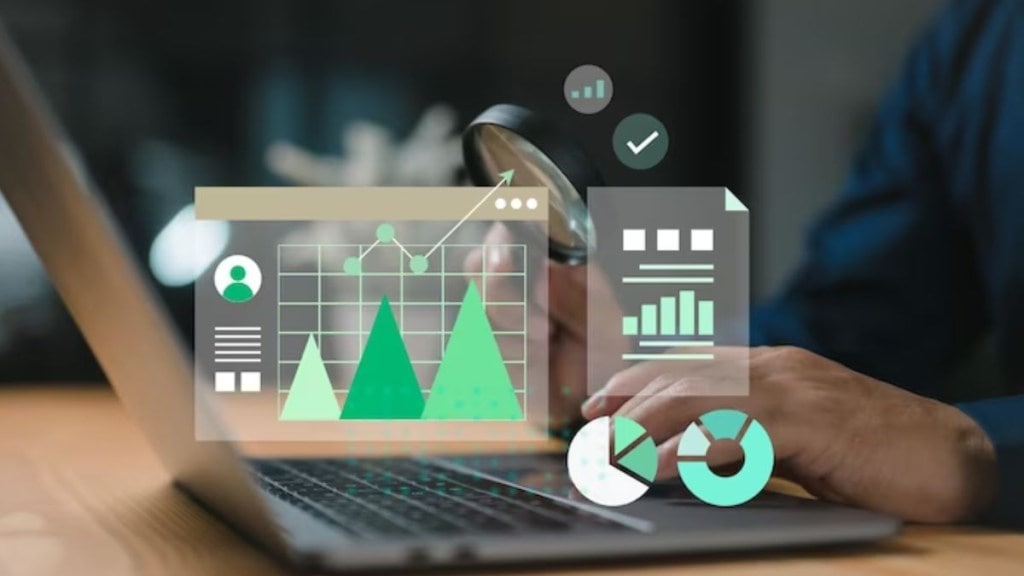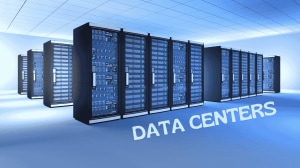Businesses seem to have become dependent on data analytics for understanding consumer behaviour. In that context, the concept of predictive analytics has come into the spotlight, to help shape and create products and services. From what it’s understood, predictive analytics refers to the usage of data algorithms to foresee future results. “I believe predictive analytics makes predictions based on historical data, such as stock prices or consumer purchasing patterns, by using mathematics. Predictive analytics can have implications for the overall data landscape,” Piyush Goel, founder and CEO, Beyond Key, a software consulting company, told FE TransformX.
The concept
Industry experts opine that predictive analytics makes use of statistical methods such as predictive modelling and machine learning (ML) to gain outcomes. It’s believed that these techniques help comprehend the levels of risk associated with upcoming business operations, along with possibilities of data breach. With developing times, entities are considered to have turned to predictive analytics for proceeding with their operations, due to presence of mass data amounts, inexpensive technological mechanisms, compatible software programmes, and improvisation based on economic circumstances.
In order to execute predictive analytics, the first step which is followed is the objective of the related project. Post this, other steps include data collection and cleaning, in-depth analysis of data, model development and deployment, and evaluation of model-based results. Three main techniques are upheld for execution of predictive analytics, namely neural networks, decision trees, and regression. As suggested by market experts, benefits related to predictive analytics include betterment of marketing tactics, creation of new revenue prospects, help ensure economical costs, among others. “I think predictive analytics plays a role in transforming data into insights, thereby, helping improve decision-making processes. Furthermore, predictive analytics can bolster data quality and integrity by helping organisations identify and rectify data errors,” Sandeep Kumar, AVP, Compunnel, a digital technology-based company, stated.
In terms of pricing, predictive analytics software can range from $1000 annually to an amount worth six figures, as per industry estimates. However, predictive analytics is understood to be different from prescriptive analytics. While both the techniques belong to the business data analytics category, prescriptive analytics is seemingly inclined towards needs for shaping the next part of a project based on forecasts. “As per a Deloitte survey, companies using prescriptive analytics experience an average revenue increase of 5.8%. So, while predictive analytics provides insights, prescriptive analytics offers recommendations, making it a tool for data-driven decision-making,” Kumar added.
The market scenario
According to Technavio, a market research and advisory firm, the global predictive analytics market is expected to grow by $21601.17 million between 2023-27, at a 22.24% compound annual growth rate (CAGR). The firm also mentioned that the market’s rise is dependent on factors such as increase in requirements for fraud detection, need for customer-based analytics, and an upward trend in generation of high data amounts. Market research has shown predictive analytics can be beneficial for different sectors such as healthcare, pharmaceutical, and banking, financial services and insurance (BFSI).
Estimates have shown that North America will be the biggest contributor, with the region anticipated to account for 30% to the development of the market. For example, Bank of America makes use of a virtual assistant called Erica, which utilises predictive analytics to provide financial advice to users. “Across all industries, businesses now consider predictive analytics to be essential. Knowing what happened and what is happening is not enough; you should also be able to predict what will happen next. Businesses seem to be becoming aware of the importance of making predictions to gain a competitive advantage,” Goel specified.
As for India , the predictive analytics market has capabilities to be transformative, especially in the healthcare sector. Indian researchers seem to be exploring the correlation between artificial intelligence (AI) and predictive analytics for betterment of the overall Indian public healthcare landscape. Furthermore, future predictions indicate that rise in AI and ML adoption can lead to creation of advanced predictive analytics models.









